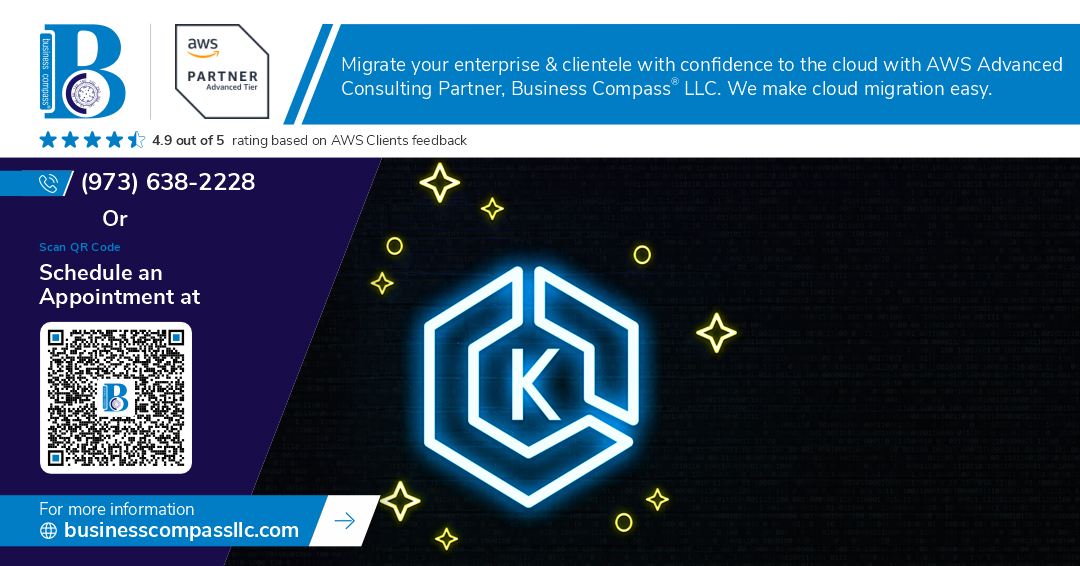Deploying to AWS Lambda: ZIP Files vs. Containers Explained
AWS Lambda has revolutionized serverless computing by abstracting away server management and offering scalable execution environments for your code. When deploying functions to Lambda, you have two primary packaging formats: ZIP archives and container images. Each has its own use cases, benefits, and trade-offs.
This post will explain the differences between ZIP-based and container-based Lambda deployments, help you understand when to use each, and provide insights to optimize your serverless deployment strategy.
ZIP File Deployment
Overview
ZIP-based deployment has been the traditional method since the inception of AWS Lambda. You bundle your application code and its dependencies into a .zip archive and upload it to Lambda via the AWS Management Console, AWS CLI, or Infrastructure as Code (IaC) tools like Terraform or AWS SAM.
Advantages
Simplicity: Great for small or straightforward applications.
Faster cold starts (in some cases): AWS tightly controls the execution environment.
Direct integration: With AWS SAM and the Serverless Framework.
Limitations
Size Limit: Uncompressed package size limit is 250 MB.
Limited Customization: You’re restricted to Lambda runtime environments (Node.js, Python, Java, etc.).
Dependency Management: Bundling dependencies manually can be error-prone for complex projects.
Container Image Deployment
Overview
Introduced in late 2020, this method allows you to package Lambda functions as Docker container images up to 10 GB. This allows you to use custom runtimes and native dependencies.
Advantages
Support for Custom Runtimes: Ideal for Go, Rust, .NET, and custom binaries.
More Control: You can define your OS, libraries, and tools in the Dockerfile.
Larger Package Size: Up to 10 GB compared to the 250 MB limit with ZIP files.
Limitations
Complexity: Requires Docker knowledge and setup.
Slightly Slower Cold Starts: Larger image sizes may lead to higher cold start latency.
CI/CD Overhead: Longer build and deployment times due to image creation and pushing to Amazon ECR.
Use Case Comparison
Simple Lambda functions with fewer dependencies.
Use the ZIP File format.
Functions requiring custom binaries or OS libraries
Use Container Image format.
Large ML models or SDKs
Use Container Image format.
Quick prototyping and iteration
Use the ZIP File format.
Consistent dev-prod parity using Docker
Use Container Image format.
Deployment Tools
ZIP Deployment:
AWS Console
AWS CLI (aws lambda update-function-code)
AWS SAM / Serverless Framework
Container Deployment:
Docker CLI
Amazon ECR (Elastic Container Registry)
AWS CLI (aws lambda create-function with --package-type Image)

Comments
Post a Comment